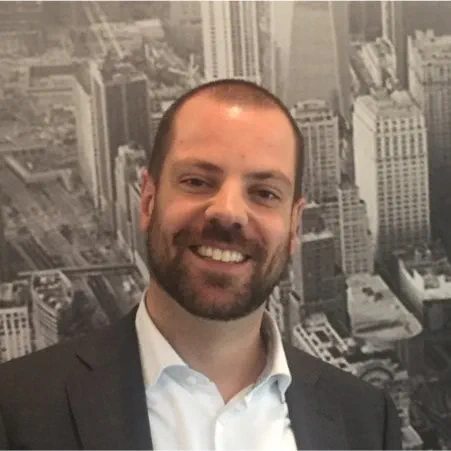A lot of our transport infrastructure has already gone beyond its intended lifecycle and is ageing. The post second world war building boom is still the basis for many transport networks around the world that are now struggling to cope with huge increases in cars and passengers they were never designed for.
Every government knows maintaining a healthy system of roads, bridges and rail assets is vital to the global economy. Individual assets are part of a system that is interconnected, meaning a fault, breakdown or closure in one part of the transport network infrastructure has knock on effects that then cause unexpected stresses elsewhere, while also having consequences for people’s daily lives.
However, inspecting and updating infrastructure assets is a hugely costly business. The US, India and China each have over 4 million km of roads to manage, while there is over a million km of railway lines across the world. The amount of money spent on maintaining, repairing and renewing this infrastructure has been insufficient for many years, meaning we have also been dealing with an infrastructure debt for some time.
Change through innovation and collaboration

Many organizations have found success with digital solutions which points to a future where the inspection and repair process is digitized. We recognize that in order to accelerate and advance assets to be futureproof, working in silos can slow down progress and connecting solutions is key to improving asset efficiency. .
There are many asset management solutions in the marketplace, and I have found that sometimes the decision to choosing the right partner can be difficult. At Arcadis, we have also engaged with ecosystem partners to provide higher value insights to clients and accelerate their ambitions by connecting the dots in managing asset condition. A couple of examples include our partnership with Cyclomedia to provide clarity on road defects whilst with Niricson, we’re advancing the way to conduct bridge condition assessments.

Whilst IAI covers a broad spectrum of assets, we have recently partnered with Niricson, to advance bridge inspection processes through the combination of our engineering expertise, AI and machine learning to create safer, faster and predictable maintenance programs through our digital service, Bridge Health.
Moving beyond the data

There is a fine line between good data and too much data. As an asset owner or operator, the meaning behind the data is of most importance. The data needs to transfer to actionable intelligence and help with decision-making. The combination of field knowledge, data and expert analysis and digital twins can help us report on asset conditions objectively. AI and machine learning also eliminates subjectivity and, over time, builds a clearer picture of where the asset is in its lifecycle and what it’s going to need, allowing for more accurate cost forecasting and solution portfolio optimization flowed by assured delivery of the work packages.
In a not-too-distant future, the delivery of work will be more and more supported by automation using the vast amount of data captured in the work done before. Automated machines will support the maintenance and repair teams in repetitive task, especially in less accessible locations, improving work health and safety.
We are already seeing use of these techniques around the globe, from assessing road defects in Singapore and the Netherlands, analysis of rail assets in the US, and detect road defects and garbage in New York City. In the future there are few limitations to where this technology could go, from robots that automatically maintain and repair assets through to intelligent assets that self-diagnose problems through sensors and essentially become self-healing.

While this sounds like science fiction, it is within reach. And over the next few decades, our transport networks don’t just need to close the gap between what we have now and what we need today, it needs to look towards the future and things like the impending electrification of road and rail networks. It needs to ensure that our transport is sustainable and can meet the net zero targets that have been legislated by governments around the world.
By extending asset lifecycles, reducing the need for humans travelling to and from inspections and keeping traffic flowing in the most efficient way possible, huge amounts of carbon emissions can be saved. In the process this will also optimise our assets and their value for asset owners as we drive towards industry 5.0.

The journey ahead will pose other challenges too. As we see the effects of climate change impacting us right now, our assets must be able to respond better to extreme weather and ensuring mobility of our communities during impactful events. Floods in Australia, in the US and across Europe, huge temperature swings, wildfires. These will test our infrastructure like never before. If we are proactive and ready to meet the challenges that are already unfolding, we can safeguard the value of our assets, improve health and safety of people operating and maintaining the infrastructure, reduce carbon emissions and ultimately improving the quality of life and accelerate to Net Zero in a not too distant future.







